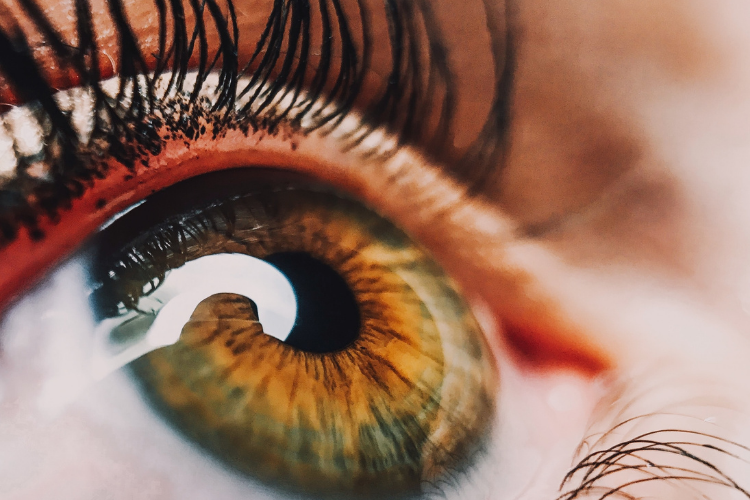There is an unmet need for therapies to restore vision in conditions like age related retinal degeneration, retinitis pigmentosa and progressive genetic conditions like Leber Congenital Amaurosis. Over the past few decades retinal replacement therapies have made significant progress in translating gene augmentation and subretinal grafts as therapies for end stage retinal degeneration cases.
What are these “organoids”?
Organoids are three dimensional structures generated from single or group of pluripotent stem cells (capable of differentiating into any cell type) grown in specific environment to recapitulate the exact spatial and functional characteristics of the retinal tissue.
Stem cells have a history of a century or more, the remarkable potential of stem cells to regenerate indefinitely and potency gave a lot of hope to the medical community. Stem cell therapies have passed effectively several clinical trials. Considering the types of stem cells induced pluripotent stem cells (iPSC) are promising alternative source compared to embryonic stem cells ESC and primary stem cells.
A recently article published in iScience by research group: Dr. Mandai (PMID: 34409267) is a step forward in applying stem cells sheets to recover retina from end stage of degeneration. iPSC and ES cells derived retinal sheets/organoids showed better integration after subretinal transplantation. The retinal sheets were capable of making better synaptic connections, reduced ganglion cells death more like replacing the lost connections with neurons and enhancing better neuronal connectivity.
On the flip side, this promising subretinal grafting technique comes with a few hitches
- The surgical implantation requires a skilled vitreoretinal surgeon, for careful positioning and avoid damage to other ocular structures
- Viability of the retinal organoids for long distance shipment
- Graft rejection by the host immune system (which can be surpassed by autologous transplantation). However, a choice of optimized immunosuppression regimen is preferred for xenogeneic grafts.
- Post implantation loss of organoids in the vitreous
- It is becoming more evident; in long run retinal oganoids therapies will hit the clinic as a part of personalized medicine
#ReplaceRestore.
References
Mandeep S Singh et al. Prog Retin Eye Res. 2020 MarLaurence M Occelli et al. J Vis Exp . 2021
Take Matsuyama et al. iScience. 2021
